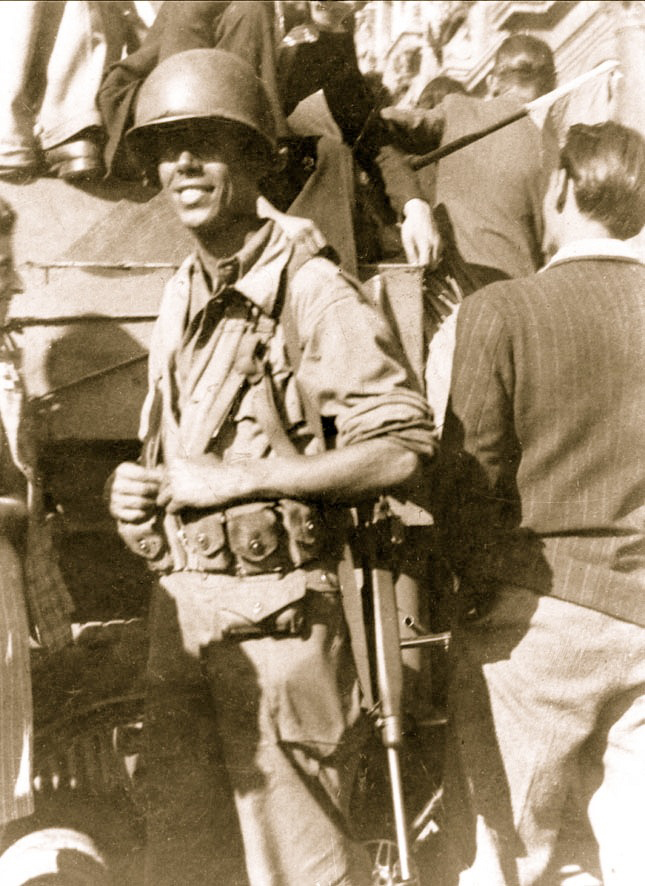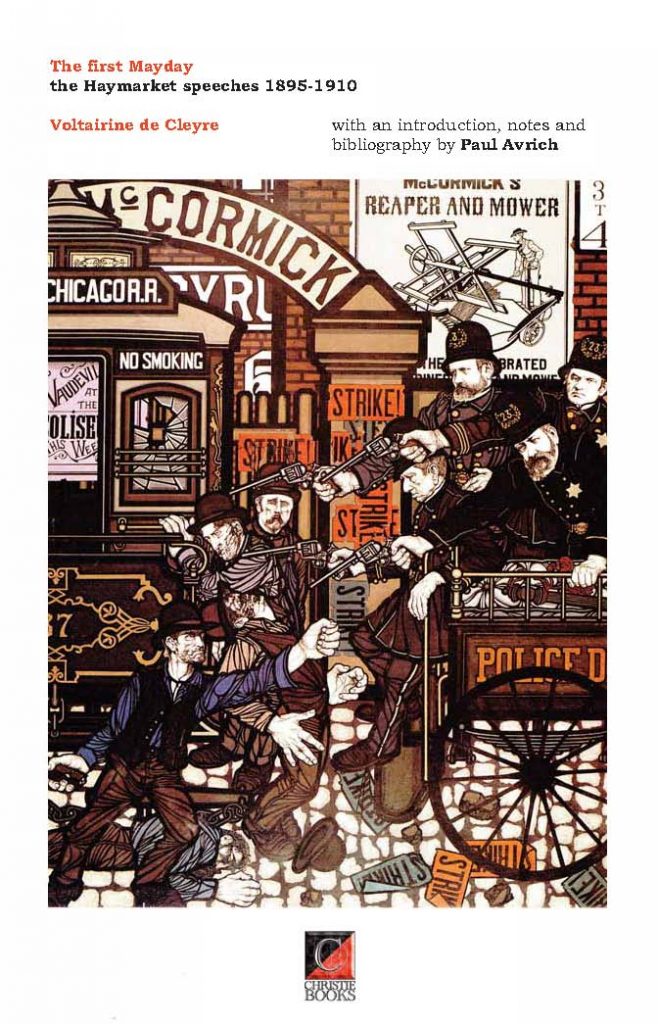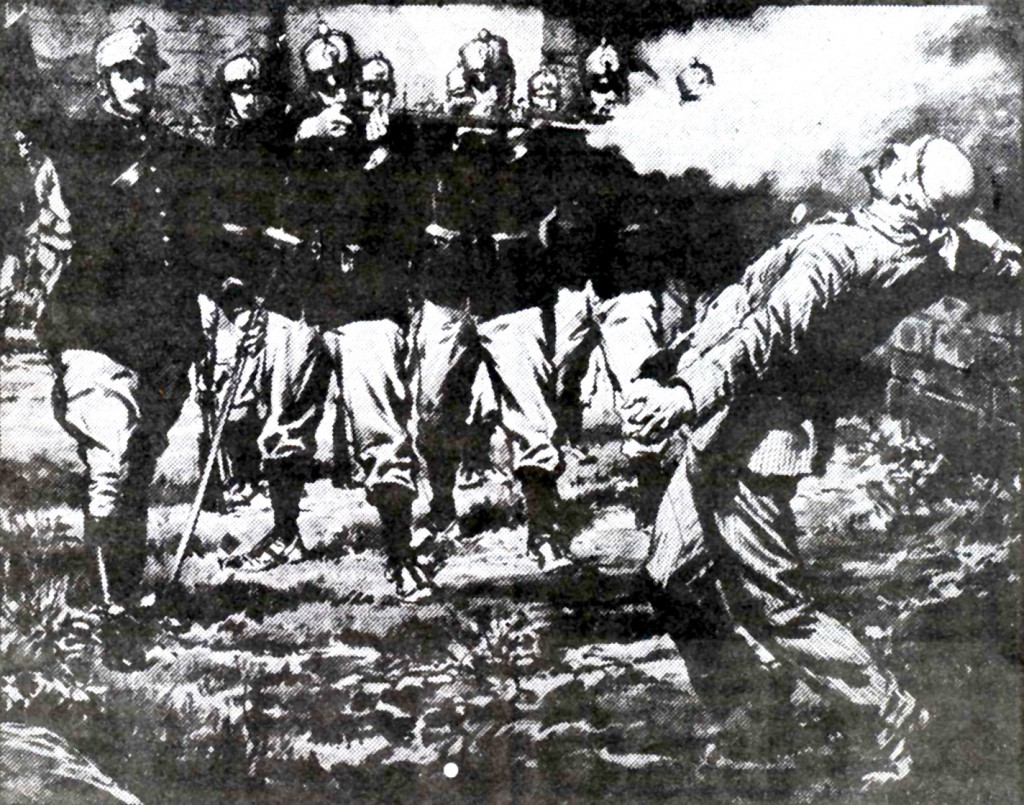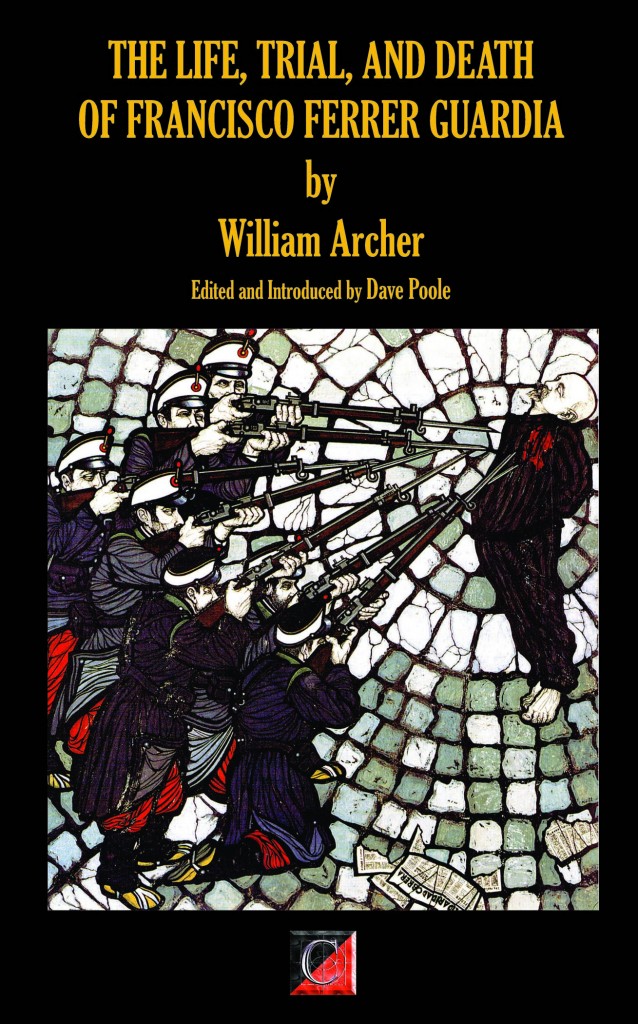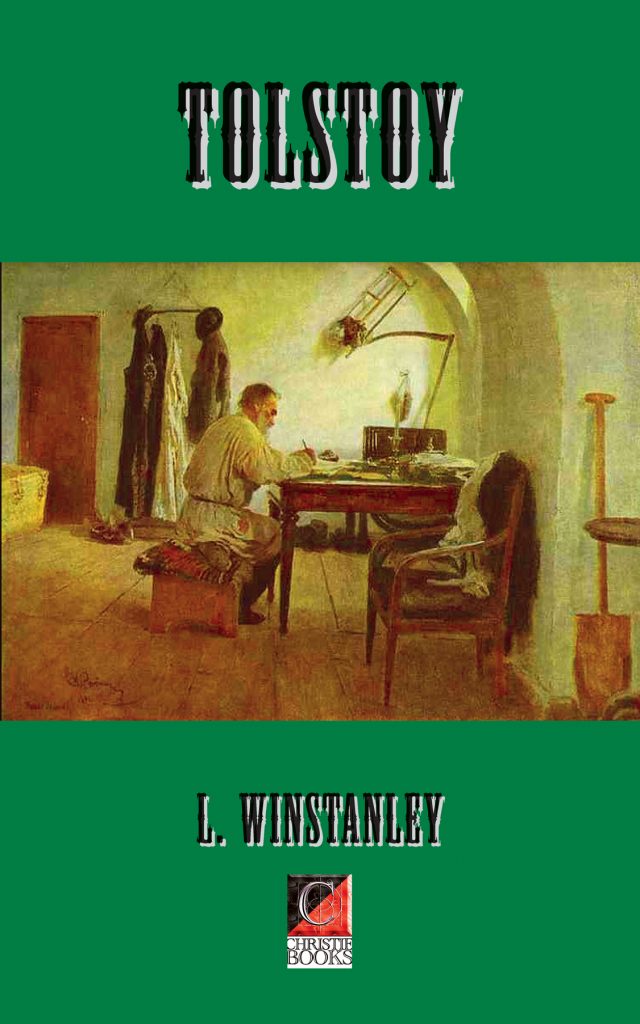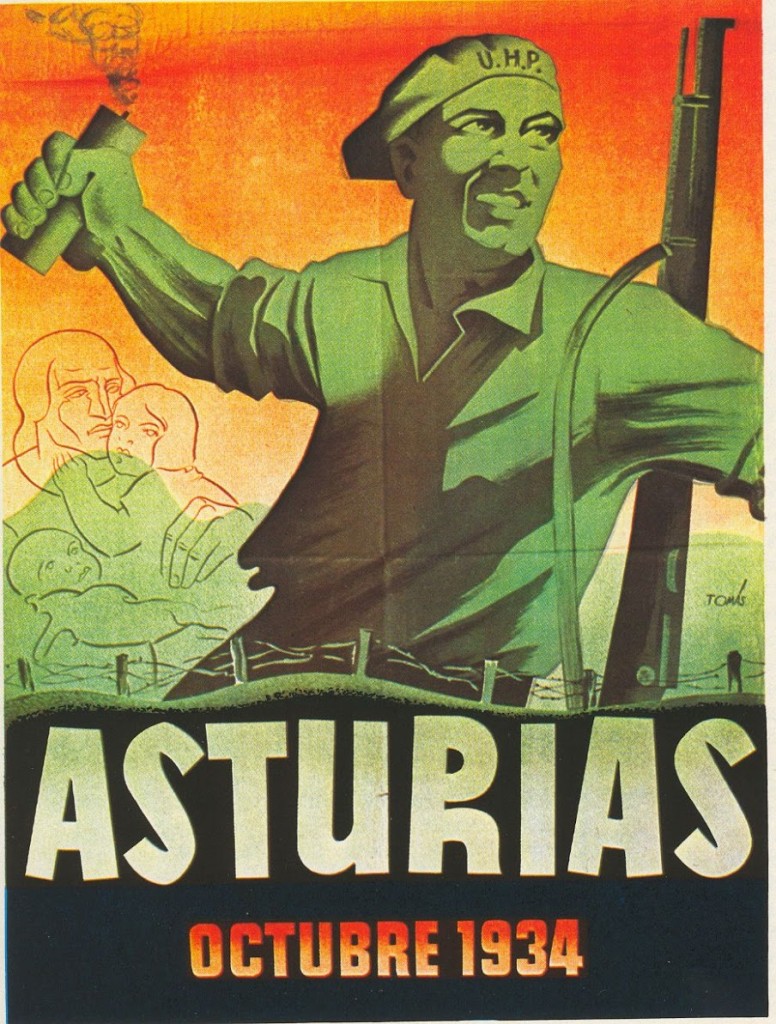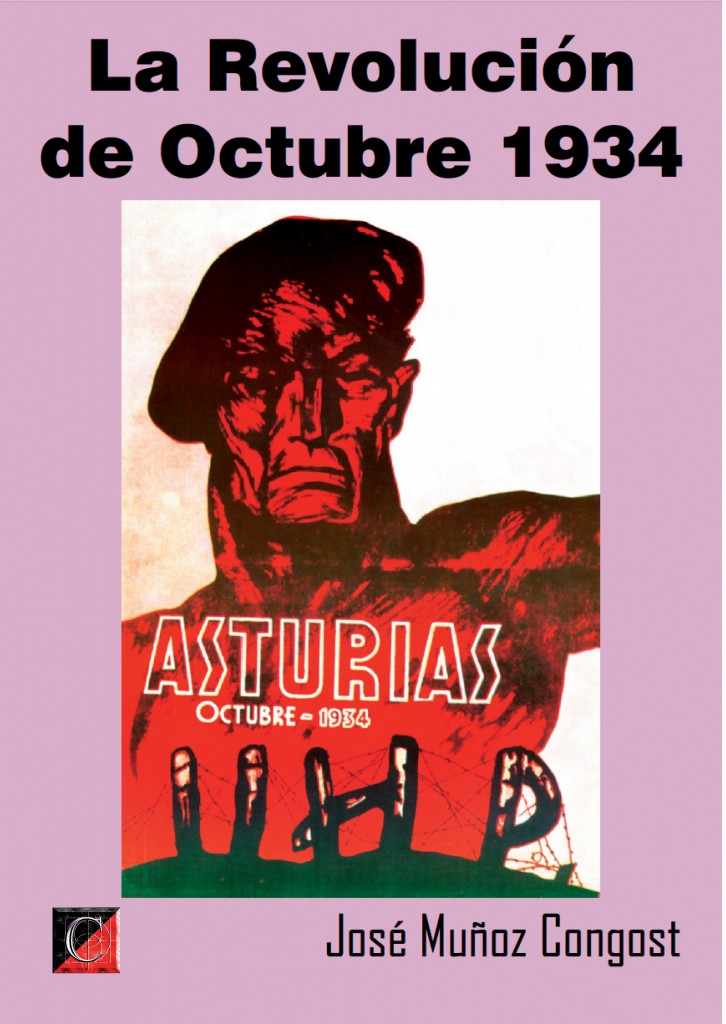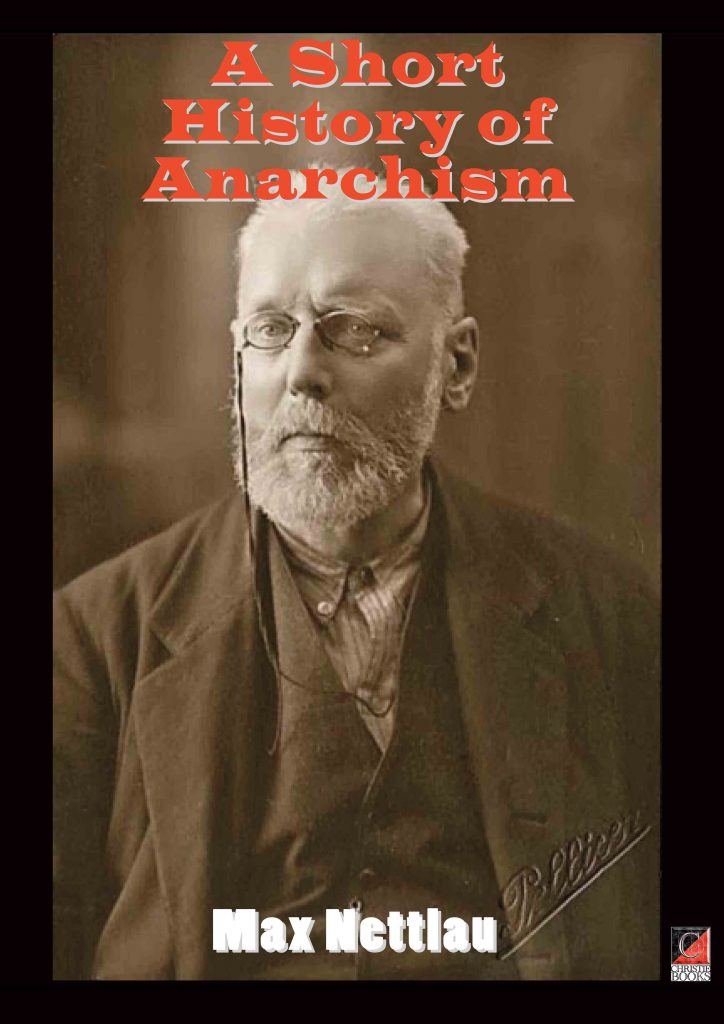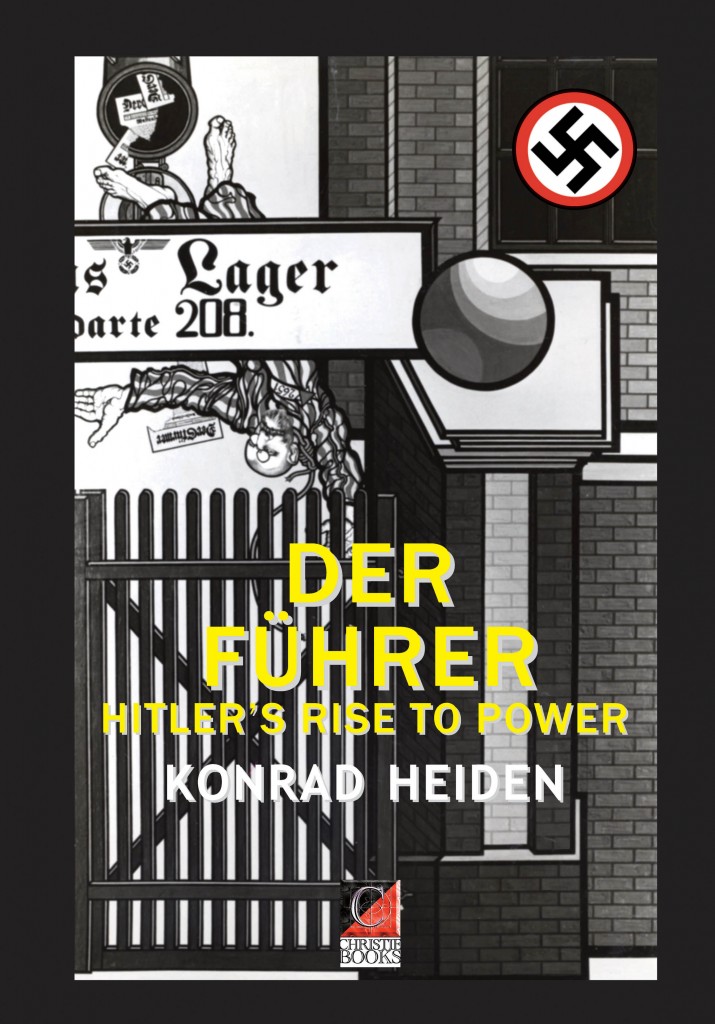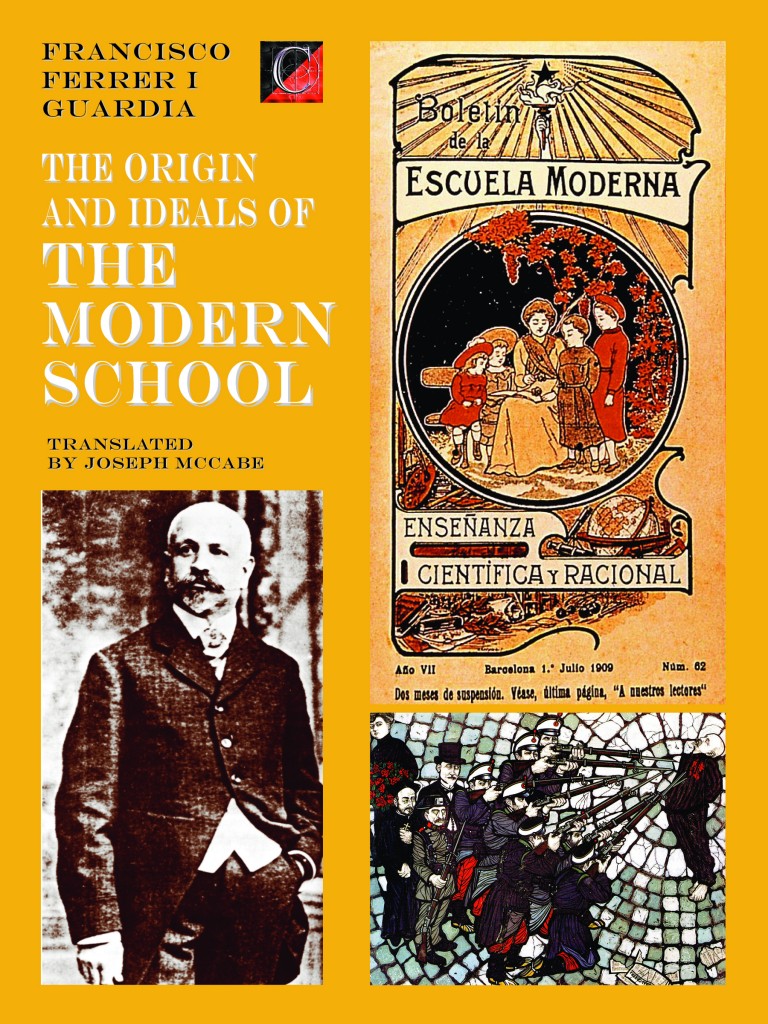 The Origin and Ideals of the Modern School by Francisco Ferrer. First published 1913 by Watts & Co, 17 Johnson’s Court, Fleet Street, London, E.C.
The Origin and Ideals of the Modern School by Francisco Ferrer. First published 1913 by Watts & Co, 17 Johnson’s Court, Fleet Street, London, E.C.
The Origin and Ideals of The Modern School, Francisco Ferrer i Guardia (translated by Joseph McCabe) — Check out all Kindle editions of ChristieBooks titles — READ INSIDE! ¡LEER EL INTERIOR!
Table of Contents
INTRODUCTION……………………………………………………………………………………………. 3
Chapter I — THE BIRTH OF MY IDEALS………………………………………………………. 6
Chapter II — MLLE. MEUNIER……………………………………………………………………… 9
Chapter III — I ACCEPT THE RESPONSIBILITY………………………………………….. 11
Chapter IV — THE EARLY PROGRAMME…………………………………………………… 14
Chapter V — THE CO-EDUCATION OF THE SEXES…………………………………….. 17
Chapter VI — CO-EDUCATION OF THE SOCIAL CLASSES…………………………… 21
Chapter VII — SCHOOL HYGIENE………………………………………………………………. 24
Chapter VIII — THE TEACHERS…………………………………………………………………. 25
Chapter IX — THE REFORM OF THE SCHOOL……………………………………………. 27
Chapter X — NO REWARD OR PUNISHMENT…………………………………………….. 32
Chapter XI — THE GENERAL PUBLIC AND THE LIBRARY…………………………. 35
Chapter XII — SUNDAY LECTURES…………………………………………………………….. 41
Chapter XIII — THE RESULTS……………………………………………………………………. 43
Chapter XIV — A DEFENSIVE CHAPTER…………………………………………………….. 46
Chapter XV — THE INGENUOUSNESS OF THE CHILD………………………………… 51
Chapter XVI — THE “BULLETIN“……………………………………………………………….. 55
Chapter XVII — THE CLOSING OF THE MODERN SCHOOL………………………… 58
EPILOGUE By J. M……………………………………………………………………………………….. 61
INTRODUCTION
On October 12, 1909, Francisco Ferrer y Guardia was shot in the trenches of the Montjuich Fortress at Barcelona. A Military Council of War had found him guilty of being “head of the insurrection” which had, a few months before, lit the flame of civil war in the city and province. The clergy had openly petitioned the Spanish Premier, when Ferrer was arrested, to look to the Modern School and its founder for the source of the revolutionary feeling; and the Premier had, instead of rebuking them, promised to do so. When Ferrer was arrested, the prosecution spent many weeks in collecting evidence against him, and granted a free pardon to several men who were implicated in the riot, for testifying against him. These three or four men were the only witnesses out of fifty who would have been heard patiently in a civil court of justice, and even their testimony would at once have crumbled under cross-examination. But there was no cross-examination, and no witnesses were brought before the court. Five weeks were occupied in compiling an enormously lengthy indictment of Ferrer; then twenty-four hours were given to an inexperienced officer, chosen at random, to analyse it and prepare a defence. Evidence sent in Ferrer’s favour was confiscated by the police; the witnesses who could have disproved the case against him were kept in custody miles away from Barcelona; and documents that would have tended to show his innocence were refused to the defending officer. And after the mere hearing of the long and hopelessly bewildering indictment (in which the evidence was even falsified), and in spite of the impassioned protest of the defending officer against the brutal injustice of the proceedings, the military judges found Ferrer guilty, and he was shot.
Continue reading »
